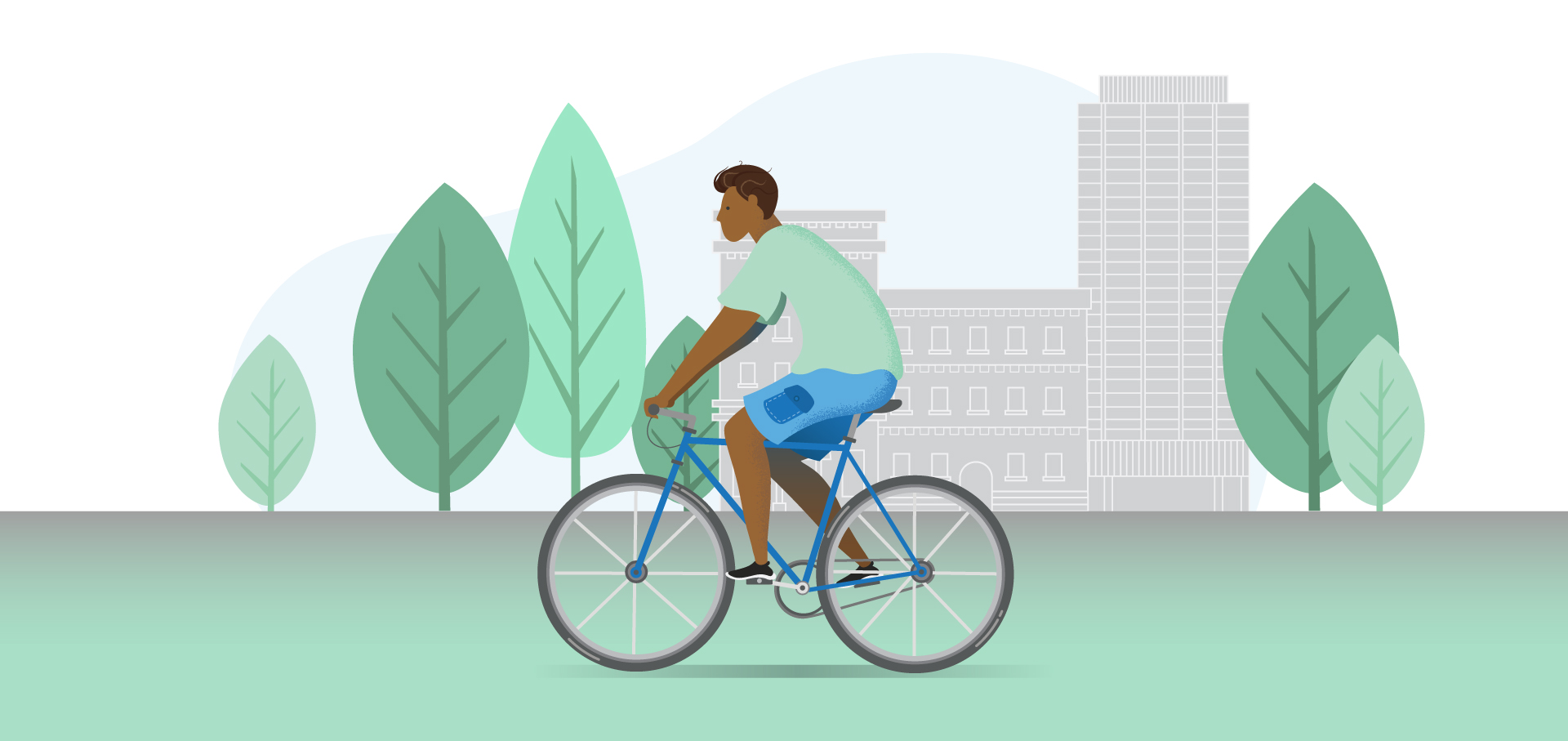The city actually will only be spending $6.6 million a year over the four years with the rest of the money coming from provincial and federal subsidies like the “Active Transportation Fund.”
By Mark Anderson
I was thrilled and honoured to speak to Spectator reporter Matthew Von Dongen about the city’s plan for the “Accelerated Active Transportation Plan” (Hamilton pitches $60-million plan to build more bike lanes, faster, Jan. 19).
One of the things that wasn’t mentioned in the article is where the money is coming from. The city actually will only be spending $6.6 million a year over the four years, with the rest of the money coming from provincial and federal subsidies like the “Active Transportation Fund.”
This funding is strictly for active transportation.
For comparison, Edmonton committed $100 million over four years, $25 million per year for one million people, which equals $25 per person.
Waterloo Region has committed to $12.8 million per year for 10 years. For 535,000 people, that equals $23.92 per person.
And finally Hamilton, which is looking at $60 million over four years, which is $15 million per year for 600,000 people, or $25 per person.
This is not $60 million of Hamilton’s money, but money that will be coming from provincial and federal grants.
Cycling-related projects typically are two per cent of the city’s roads budget, and have been done alongside other road work like repaving and adding lanes.
Brent Toderian, a Canadian who advises cities around the world on building policies,notes, “cycling-specific projects cost a fraction of what general road projects cost — you could build 13 kilometres of multi-use trail for the same cost of widening one kilometre of roadway.”
As gasoline, automobiles, repairs and insurance costs continue to rise, more and more people are turning to active transportation and will need a safe, all ages and abilities network to do this.
As an older adult that rides a bike year-round and has volunteered with the Everyone Rides Initiative signing up new riders, I believe the No. 1 reason why more people don’t ride more is that they don’t feel safe riding on the roads without safe, protected infrastructure.
Let’s get real here. Bike lanes and cycle tracks are not just used by people on bikes, they are also used by parents with strollers and people using mobility devices. They are generally smoother and easier to navigate and clear of obstructions like snow and ice.
I could go on and on about the health benefits of riding a bike, but will add that for every person on a bike for a trip less than five kilometres, that is one less motorized vehicle on the road.
Mark Anderson is the co-chair of Cycle Hamilton.
Published in the Hamilton Spectator, Thursday, January 25, 2024

